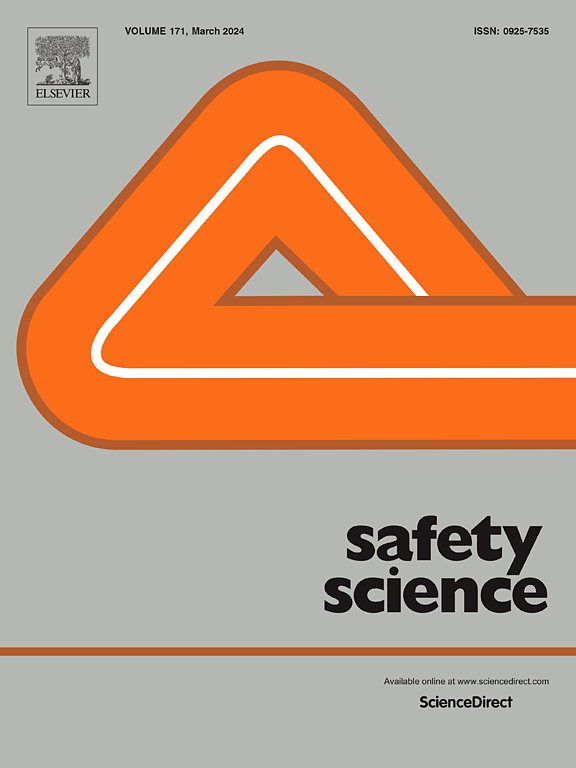Understanding automation transparency and its adaptive design implications in safety–critical systems
IF 4.7
1区 工程技术
Q1 ENGINEERING, INDUSTRIAL
引用次数: 0
Abstract
Automation is designed to assist operators and enhance system performance and safety. When unexpected events occur, and the operator is not able to understand the behaviour of the automated system a sudden rise in cognitive workload occurs, compromising decision-making, performance, and safety. Automation transparency as a human-centric design principle is a potential intervention in the design of human-automation systems that can remedy these countereffects. Human-centricity of advanced automated systems is one of the focal areas of Industry 5.0 and automation transparency is a potential design principle that will become even more important in this new era. Thus, this concept must be well-understood, and its design implications must be highlighted. This understanding of the current state of automation transparency is important for entering a new era with more complex systems. The literature includes varied definition and approaches to transparency with mixed results on its influence on automation system design factors, making it hard to understand design implications. This paper addresses this need. This work stemmed from a broader systematic literature review and specifically zoomed in on the included literature that explicitly mentioned the terms ‘automation transparency’ and ‘transparency’ in their abstracts and filtered for these articles in Rayyan software. These articles were screened for full text relevance, being empirical papers, using qualitative, quantitative or mixed methods. Fourteen resulting articles were analysed, as representative exemplars of empirical and recent work in this field, to see how automation transparency is being understood, what is its significance in relation to other automation system design factors, and what are the design implications. The findings showed a progressive trend from the emphasis on static, high transparency towards an emphasis on human centred adaptive transparency and explainability which is aligned with the focus of Industry 5.0. Adaptive transparency design implications derived from the analysis are presented along with limitations of the current research and the future research implications.
求助全文
约1分钟内获得全文
求助全文
来源期刊

Safety Science
管理科学-工程:工业
CiteScore
13.00
自引率
9.80%
发文量
335
审稿时长
53 days
期刊介绍:
Safety Science is multidisciplinary. Its contributors and its audience range from social scientists to engineers. The journal covers the physics and engineering of safety; its social, policy and organizational aspects; the assessment, management and communication of risks; the effectiveness of control and management techniques for safety; standardization, legislation, inspection, insurance, costing aspects, human behavior and safety and the like. Papers addressing the interfaces between technology, people and organizations are especially welcome.
 求助内容:
求助内容: 应助结果提醒方式:
应助结果提醒方式:


